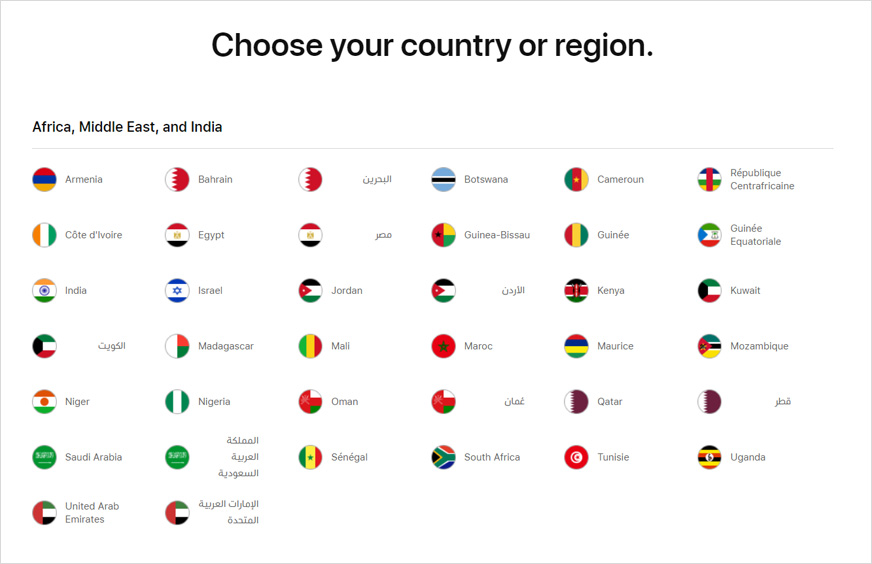Web
glossary
What is geotargeting?
Geotargeting is the practice of delivering custom content to users based on their geographic location. On websites, this is usually achieved via IP address detection against a geolocation database. Third party geolocation database providers are used to determine a user’s country, city and even zip code based on their IP address.
With the use of location-based technology, there is no need for web users to select their region before browsing a site:
 Instead, website content (such as banner photography, news content, profile pages, services pages, contact details and language options) can be customized to the user’s geographic location:
Instead, website content (such as banner photography, news content, profile pages, services pages, contact details and language options) can be customized to the user’s geographic location:

Here is a quick look at related terms:
| Term | Definition |
| Geolocation | The technique of identifying the geographic location of a person or device |
| Geomarketing | A form of marketing that uses location intelligence to deliver custom content, advertising and promotions to consumers |
| Geo-fencing | Location-based technology in which an app or service uses GPS data to trigger an action when a user moves in and out of a virtual perimeter (known as a "geofence"). This technology may be used to deliver adverts to users based on their current movements. |
Is geotargeting GDPR compliant?
The EU General Data Protection Regulation (GDPR) requires user consent for the processing of personal data. However, it is possible to avoid consent where the data remains anonymous. As long as a geotargeted website processes details on a user’s city or regional location in a manner that avoids personal identification the practice does not require user consent.